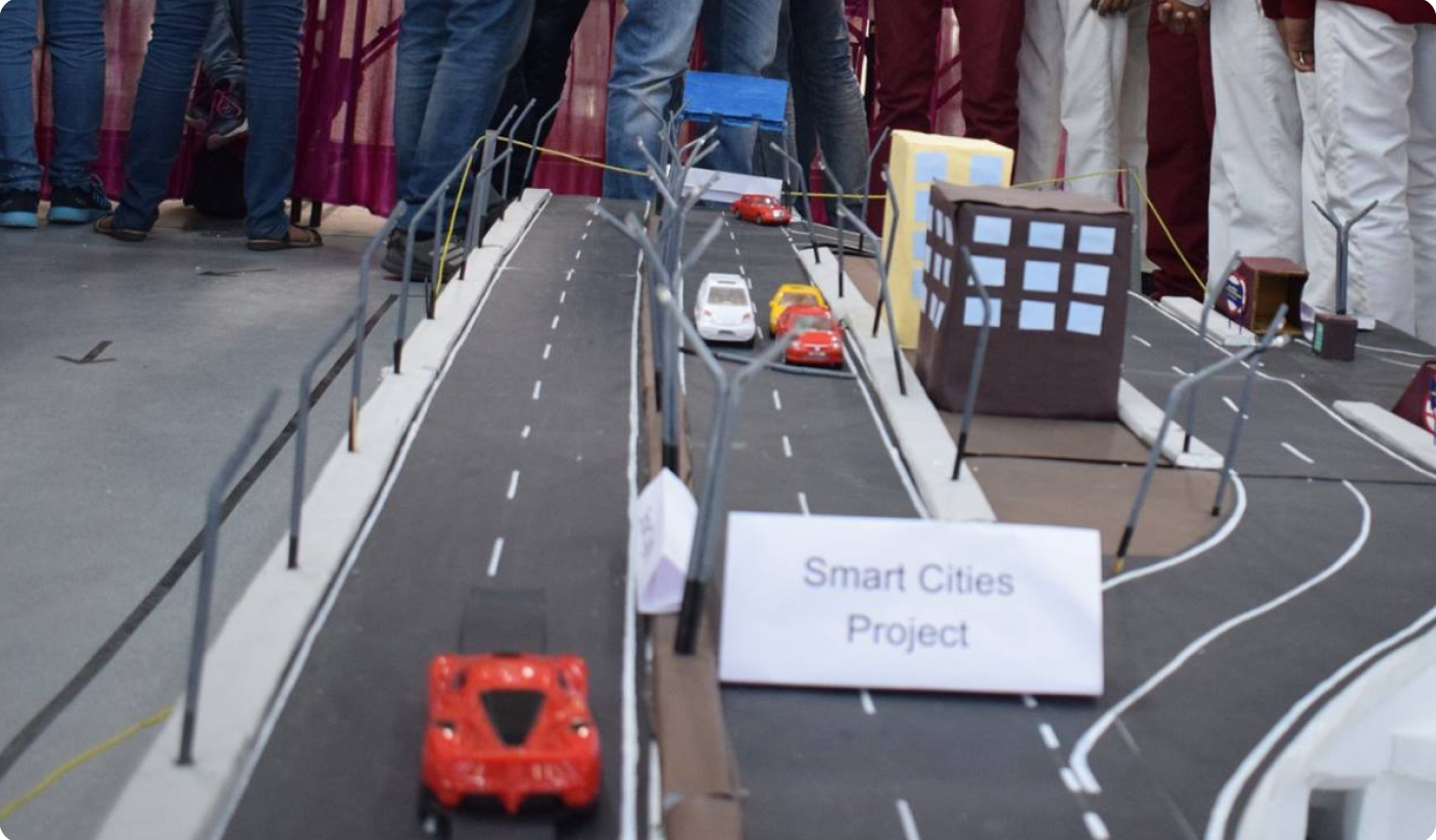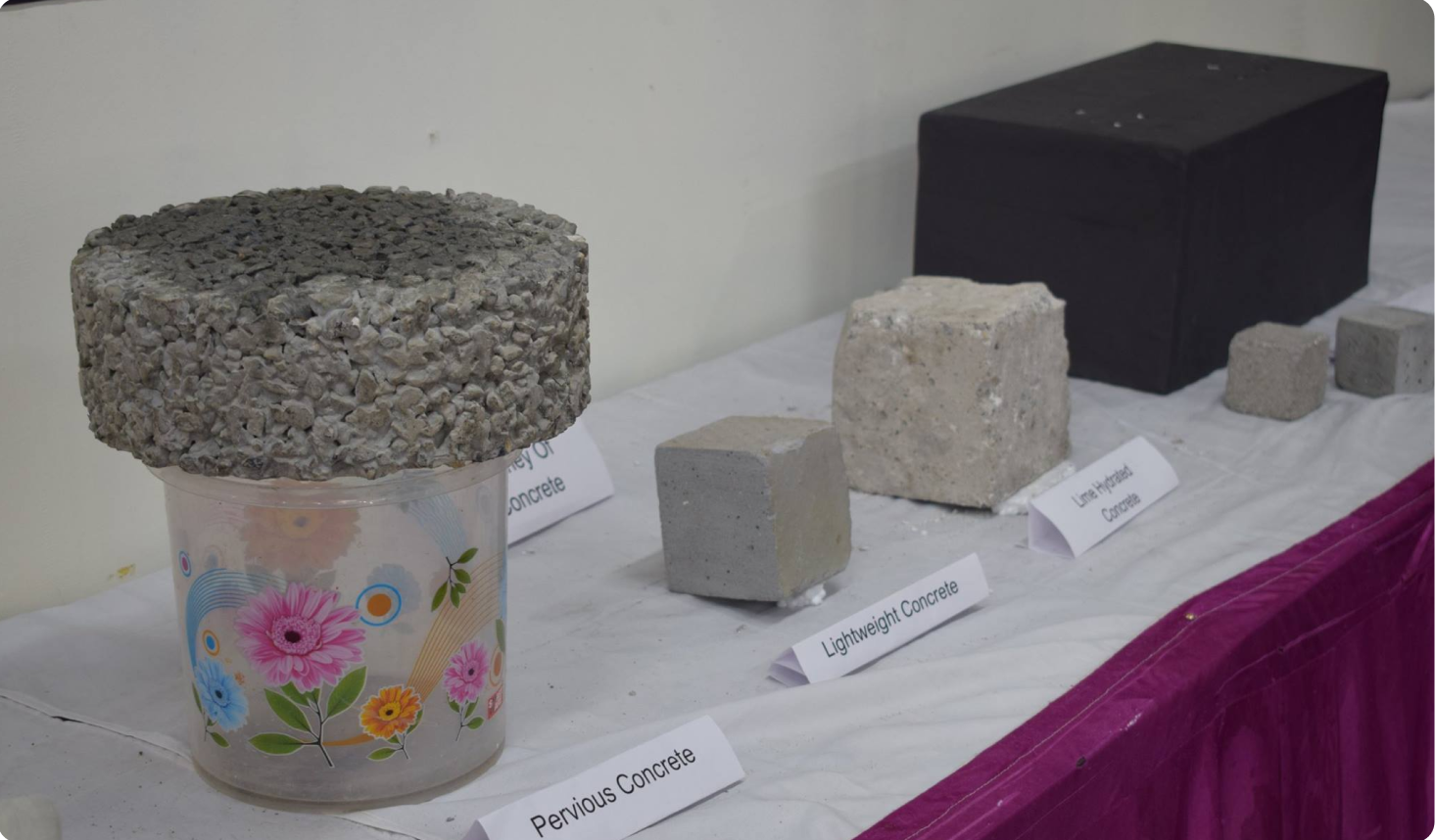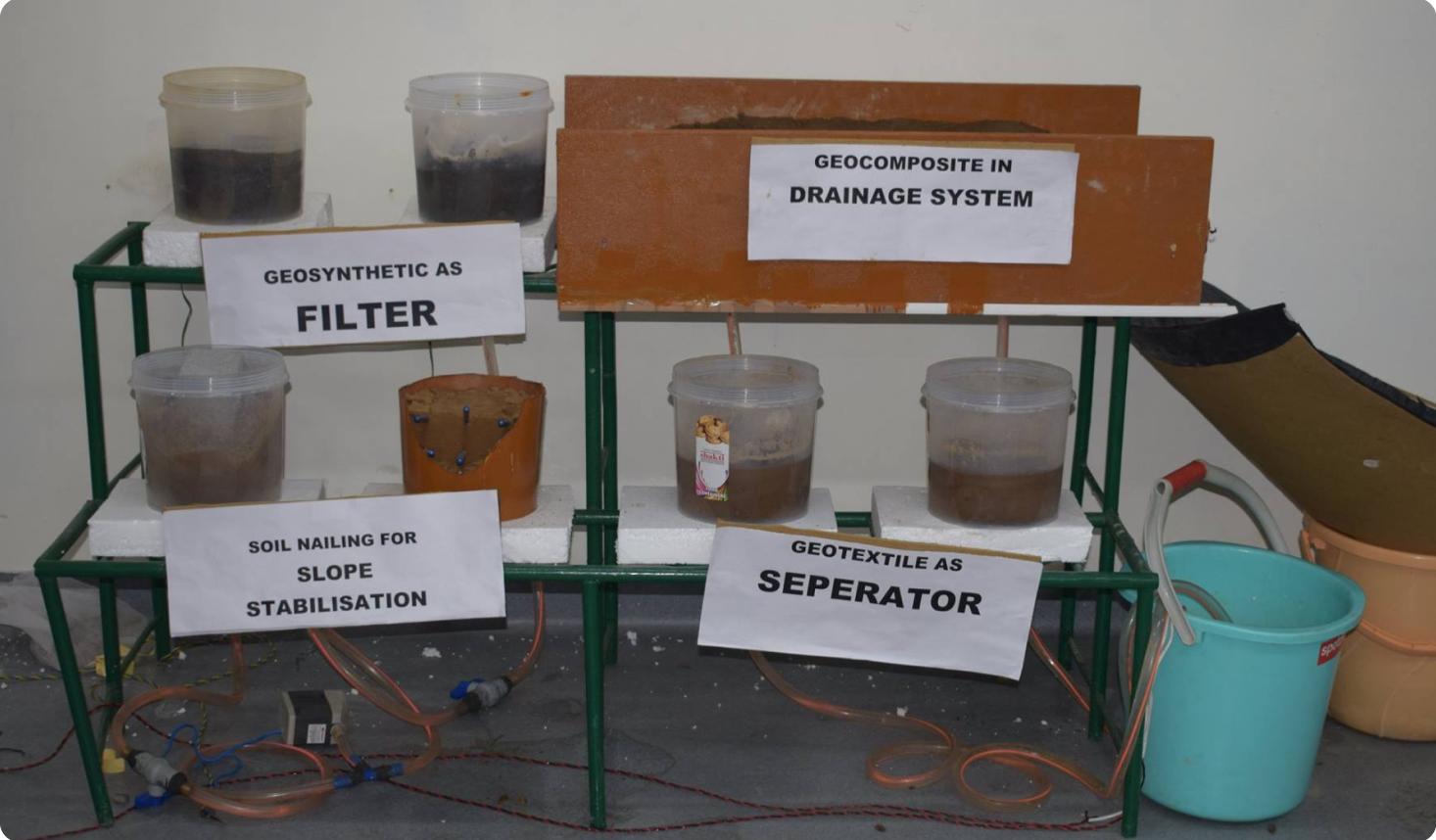Summary
India is home to almost 45 percent of the world’s bamboo forests and two-thirds of the growing stock of bamboo in the country is available in the North-Eastern states . The floor space index estimates reveal that bamboo encompasses about 8.96 million ha of forest area, which is equivalent to 12.8% of the total forest cover of the country. Particularly in North-East India, bamboo is like the backbone of the economy and socio-cultural heritage of bamboo growing area of India.Science: Bamboo Possesses excellent strength properties especially tensile strength. Buildings made from bamboo are highly earthquake resistant due to light weight and favourable elastic properties of bamboo. Bamboo supports medicinal and household needs too thus making it more beneficial. New innovation in housing technology included Water Wheels to lift water from naturally flowing river and then distributed the water uniformly amongst the whole area for different purposes. A Water wheel is a machine for converting the energy of flowing or falling water into useful forms of power. In water-raising devices rotary motion is typically more efficient than machines based on oscillating motion.
Drip Irrigation Technique - It is a type of micro-irrigation system that has the potential to save water and nutrients by allowing water to drip slowly to the roots of plants, either from above the soil surface or buried below the surface. The goal is to place water directly into the root zone and minimize evaporation. Drip irrigation systems distribute water through a network of valves, pipes, tubing, and emitters. Depending on how well designed, installed, maintained, and operated it is, a drip irrigation system can be more efficient than other types of irrigation systems, such as surface irrigation or sprinkler irrigation. A fully functional Drip irrigation network was formulated using bamboo as pipes
Mycelium Bricks:
For srishti 2019 we did a study on different building materials to tell people about the new innovations in housing methods. In this we did a comparative study between the existing building material(concrete) and new sustainable materials that can replace concrete in the present or in the future.
Mycelium bricks was one such project in which we compared bricks that were made of mycelium(fungus) with concrete bricks. In this we did a comparative study of various characteristics of building materials such as strength, cost of production, effects on the environment, thermal insulation etc. We also tried to make mycelium bricks under the supervision of Gargi madam but due to some time constraints and lack of knowledge we failed. The remnants of the bricks that we tried to make were exhibited along with a brief report on mycelium bricks in srishti 2019.
Team Members
- Vedant Kumar (3rd Year)
- Nikita Singh (3rd Year)
- Anvesh Chauhan (2nd Year)
- Vibhu Chaucharia (2nd Year)
- Muskan Dogra (2nd Year)
More Projects


